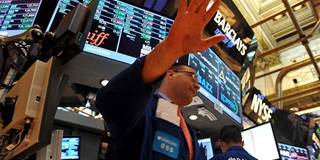
Alpha, Beta, and Beyond
Even in normal times, individual and institutional investors alike have a hard time figuring out where to invest and in what. But a new, low-cost approach to investing – neither active nor passive – promises to ease the challenge confronting investors in normal and abnormal times alike.
NEW YORK – Even in normal times, individual and institutional investors alike have a hard time figuring out where to invest and in what. Should one invest more in advanced or emerging economies? And which ones? How does one decide when, and in what way, to rebalance one’s portfolio?